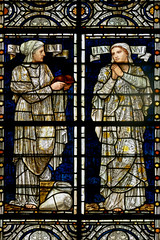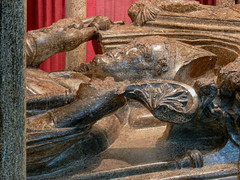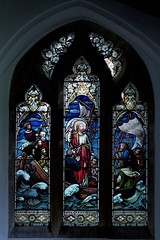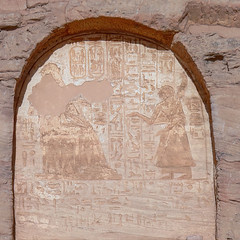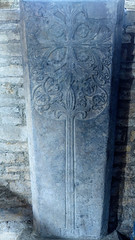The four stained glass panels designed by Henry Holiday and made by James Powell & Sons (Whitefriars Glass) in 1891 form one of the most refined and spiritually resonant decorative ensembles in Salisbury Cathedral. Conceived as a unified series, they portray eight women of Scripture, Sarah and Hannah, Mary the Virgin and Mary the Mother of James, Mary of Bethany and Mary Magdalene, and Ruth and Esther, each pair chosen to express a distinct yet harmonizing aspect of faith, devotion, and divine purpose.

